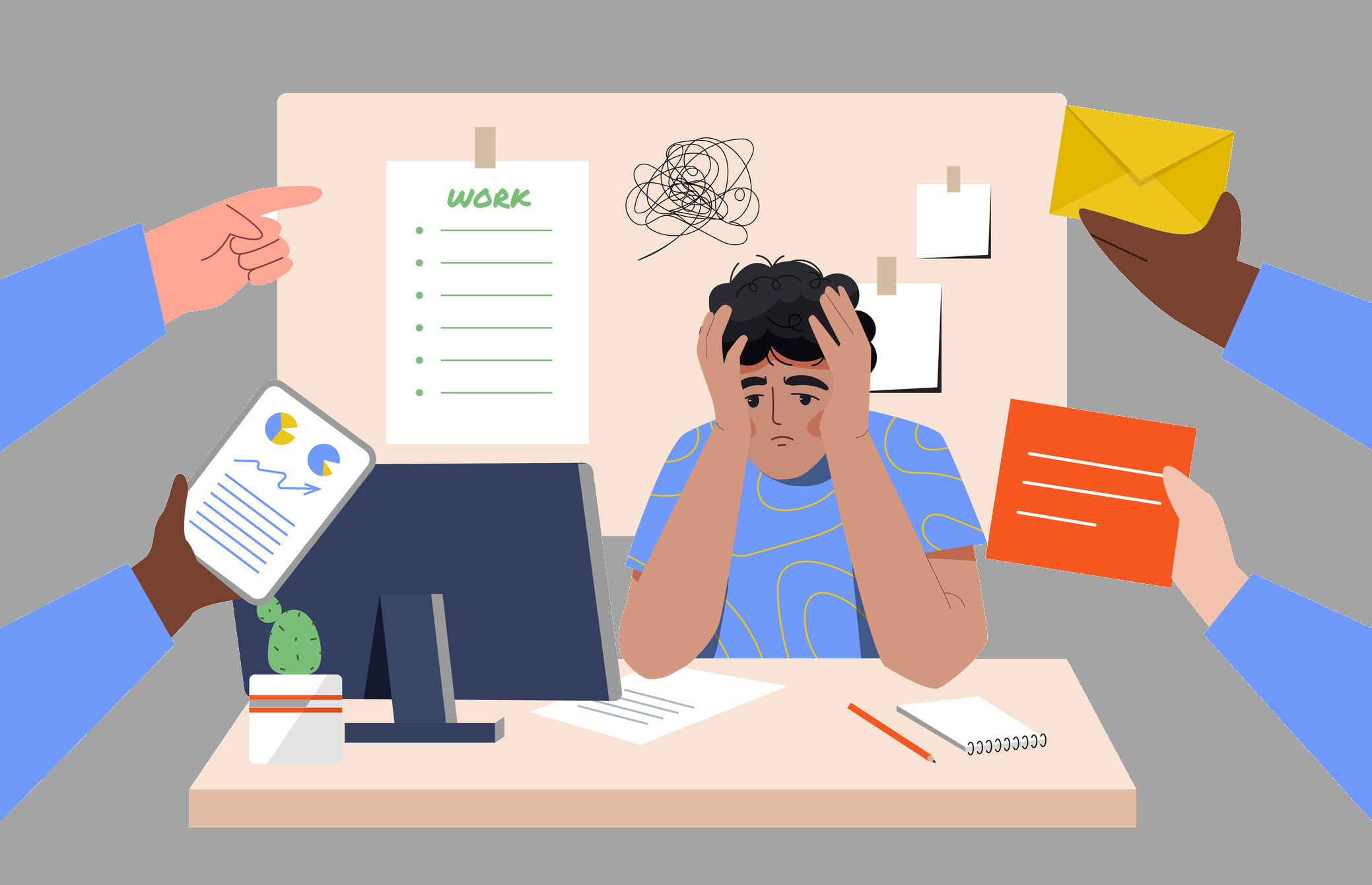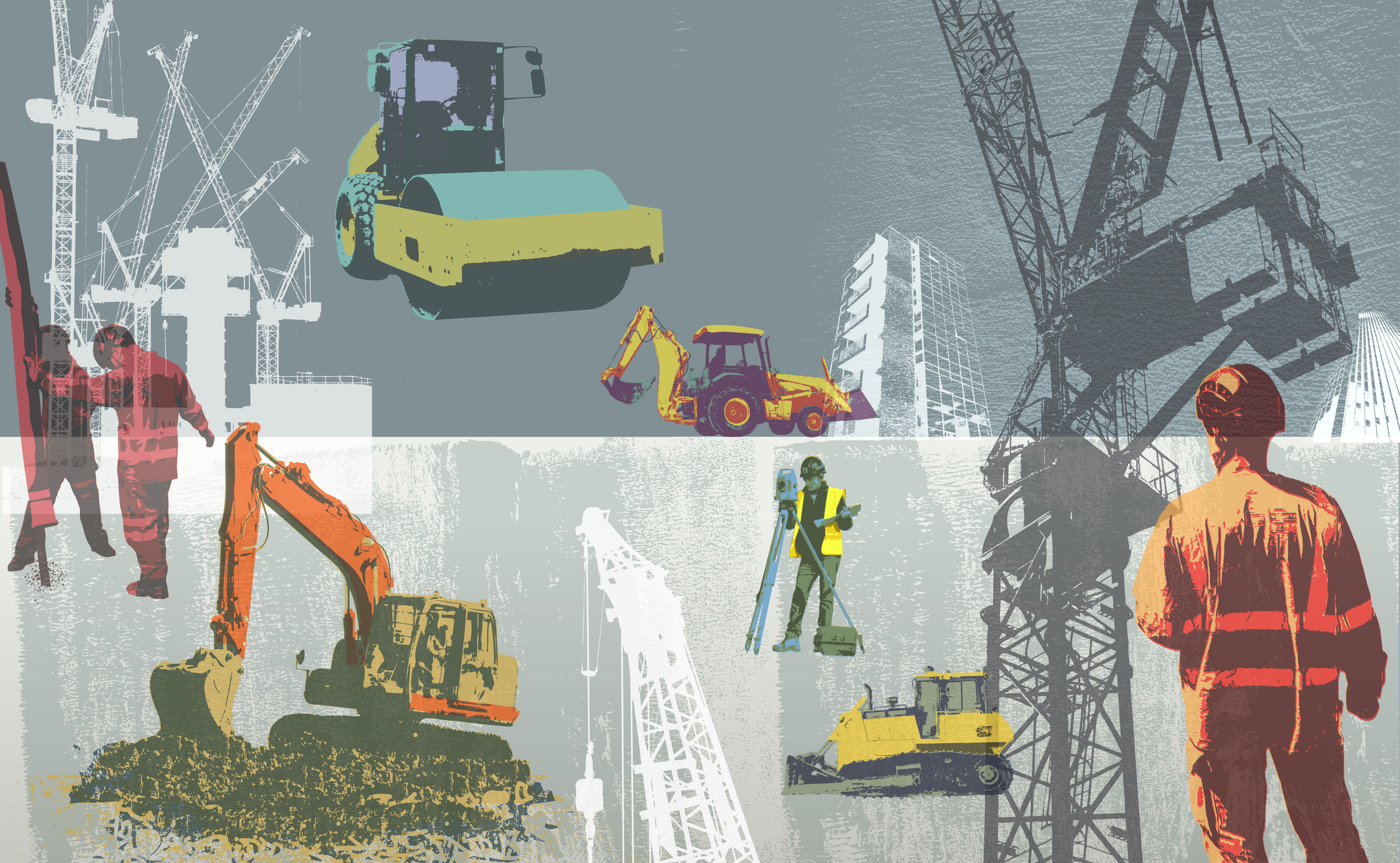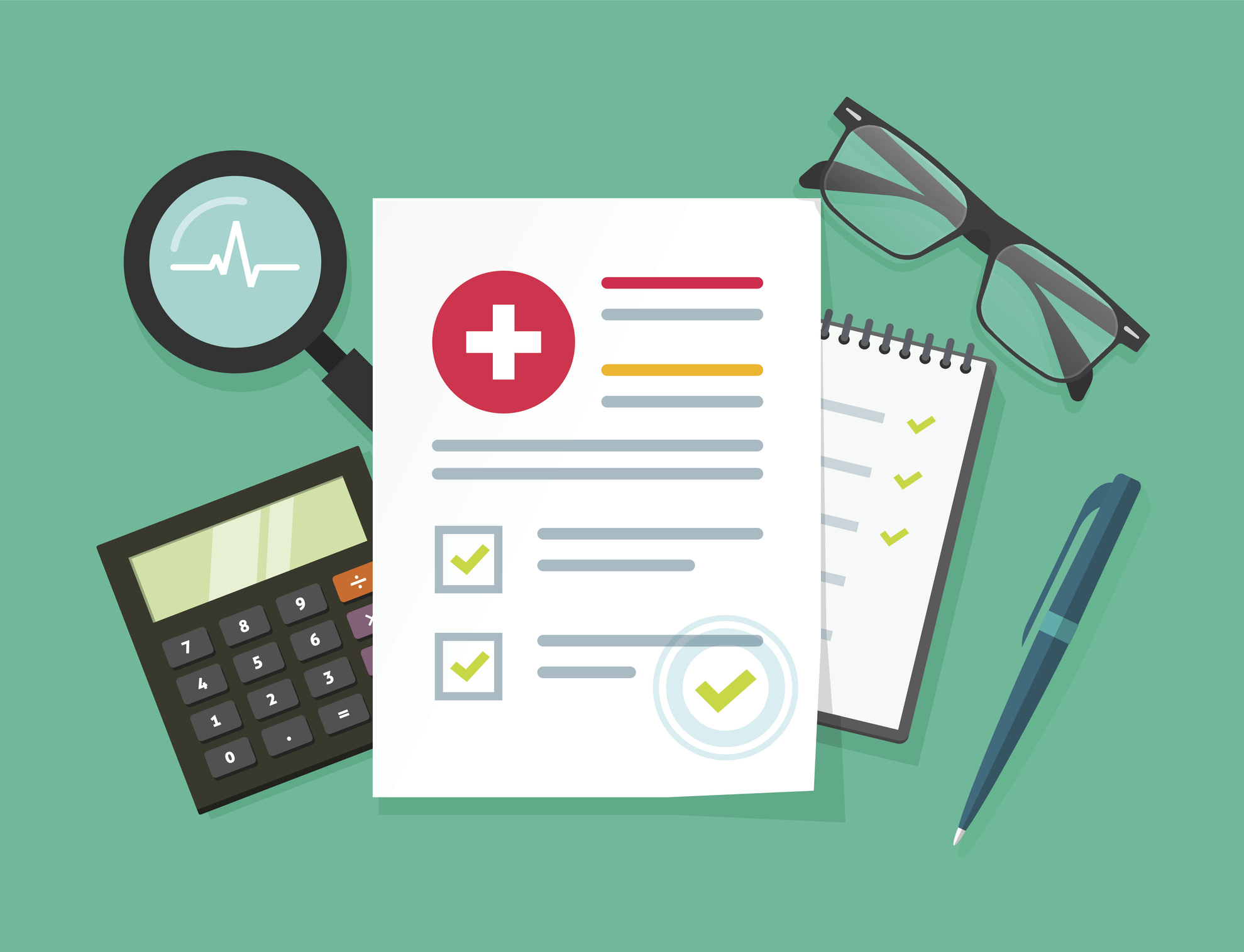Responding to a Cardiac Arrest Event in the Workplace
More than 350,000 cardiac arrests occur outside of a hospital in the U.S., with about 10,000 occurring in the workplace each year. Having staff trained to administer CPR or use an AED can save a life, since waiting on emergency services only has a 5-7% survival rate.
February 10, 2025

When an employee becomes unresponsive in the workplace, whether due to a health event or accident, it can be traumatic for everyone involved. Having employees trained to administer life-saving support like cardiopulmonary resuscitation (CPR) or using an automated external defibrillator (AED) can increase survival rates following a cardiac arrest event.
“In a cardiac arrest or heart attack situation, every second counts,” said Alleen Wilson, Senior Risk Control Manager at Safety National. “Immediate intervention with CPR and an AED can mean the difference between life and death. Properly training employees to use these life-saving skills not only empowers them to respond in an emergency but can also create a safer workplace.”
Here, we dissect what happens during a cardiac event and how employers can appropriately train their workforce on life-saving measures.
Cardiac Arrest vs. Heart Attack
The terms cardiac arrest and heart attack are often used interchangeably, but there are significant differences in what is occurring in each event and how someone should respond. Cardiac arrest occurs due to an electrical problem, causing the heart to malfunction and stop beating. Heart attacks are a circulation problem caused by blocked blood flow to the heart. While not all heart attacks lead to cardiac arrest, it is still a common cause of cardiac arrest. Heart attack symptoms vary, but if an employee is complaining of intense discomfort in the chest, shortness of breath, nausea, and any other symptoms, it may be best to call a local emergency number. Employees should be trained to recognize these symptoms, which can persist for weeks before a heart attack.
Responding to Cardiac Arrest
When cardiac arrest occurs, the heart cannot pump blood to other vital organs, including the brain and lungs. If an employee is left unresponsive without treatment, death can occur. Preventing a traumatic situation starts with having a workforce trained to understand how to respond to these events. Administering CPR can double or triple a person’s chance of surviving. Training your workforce to use CPR and an AED properly starts with:
- Choosing a reputable organization like the American Red Cross or American Heart Association, both of which offer standardized training options.
- Arranging on-site group training or providing access to local classes at a nearby training facility.
- Selecting the level of training that is suitable for your workplace. Most training will cover CPR and AED usage, but healthcare professionals need more advanced life support training.
- Encouraging recertification for skill retention and staying updated on any changes to CPR and AEDs.
Developing a Public Access Defibrillation (PAD) Program
A PAD program ensures that AEDs are available for immediate use by any bystanders in the event of a cardiac arrest. This includes public or private places where many individuals could work. When an AED is used within the first five minutes of a cardiac arrest event, the rate of survival can be as high as 90%.
According to the CDC, the recommended attributes of a comprehensive PAD program include:
- Targeted AED site placement
- Training anticipated responders
- Emergency medical services (EMS) coordination
- Emergency response plans
- Routine maintenance and testing of AEDs
- Continuous quality improvement
- Limited civil liability or qualified immunity
Safety National’s Risk Control Department can assist clients with setting up training. Send an email to [email protected] for more information.

























